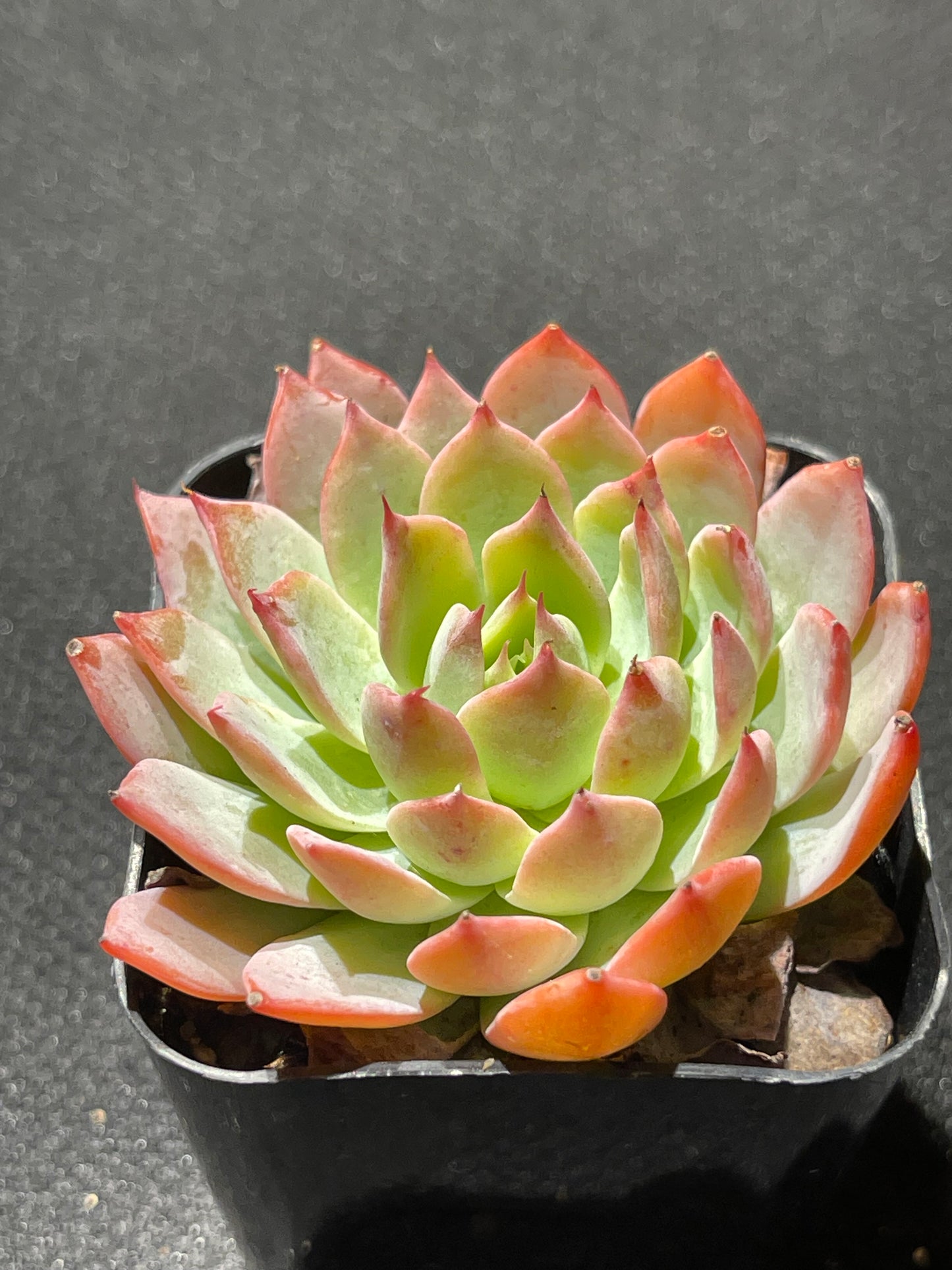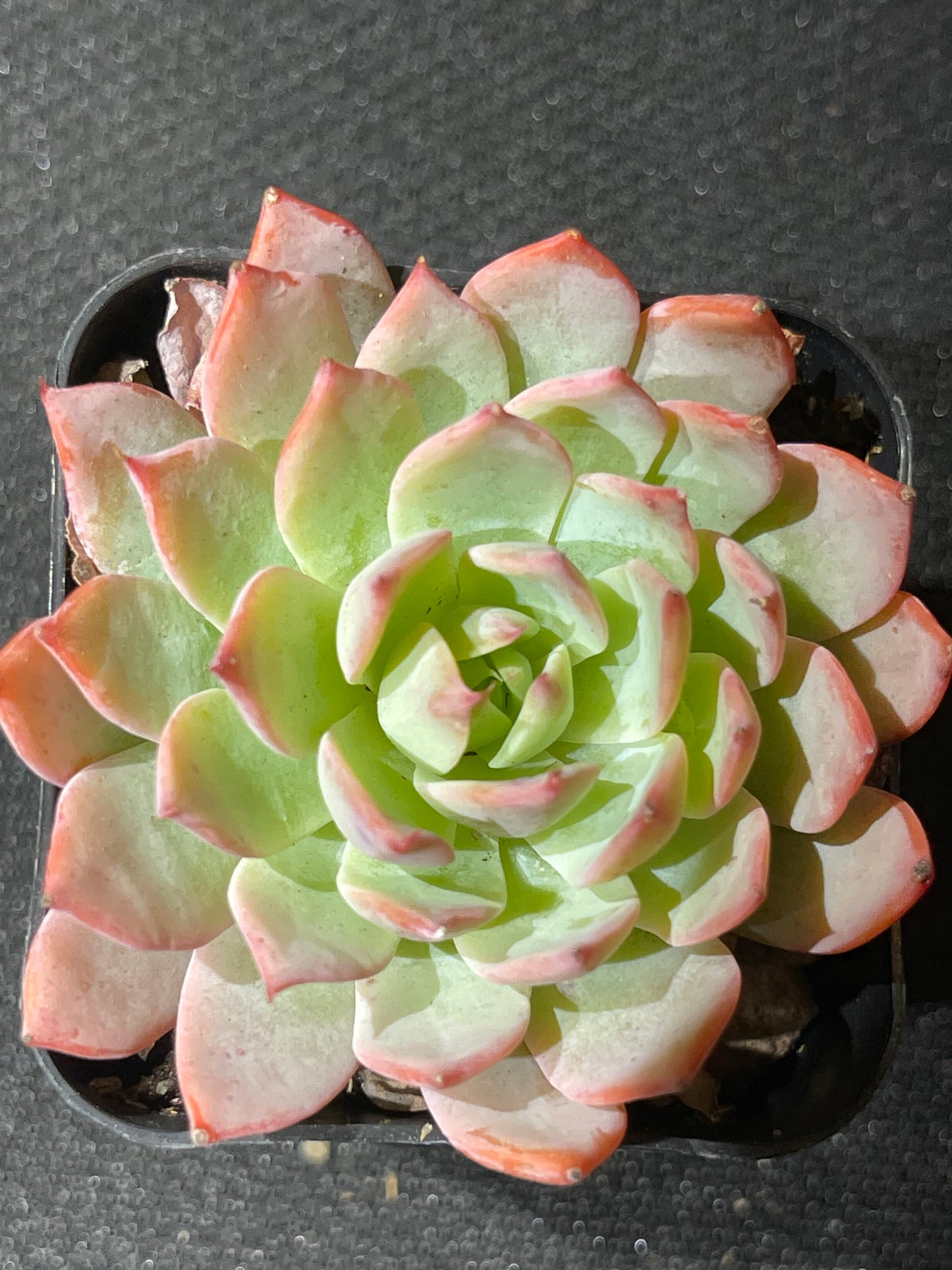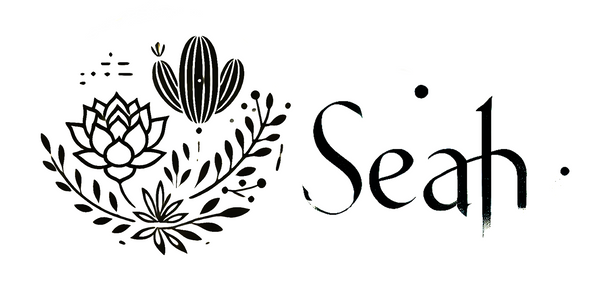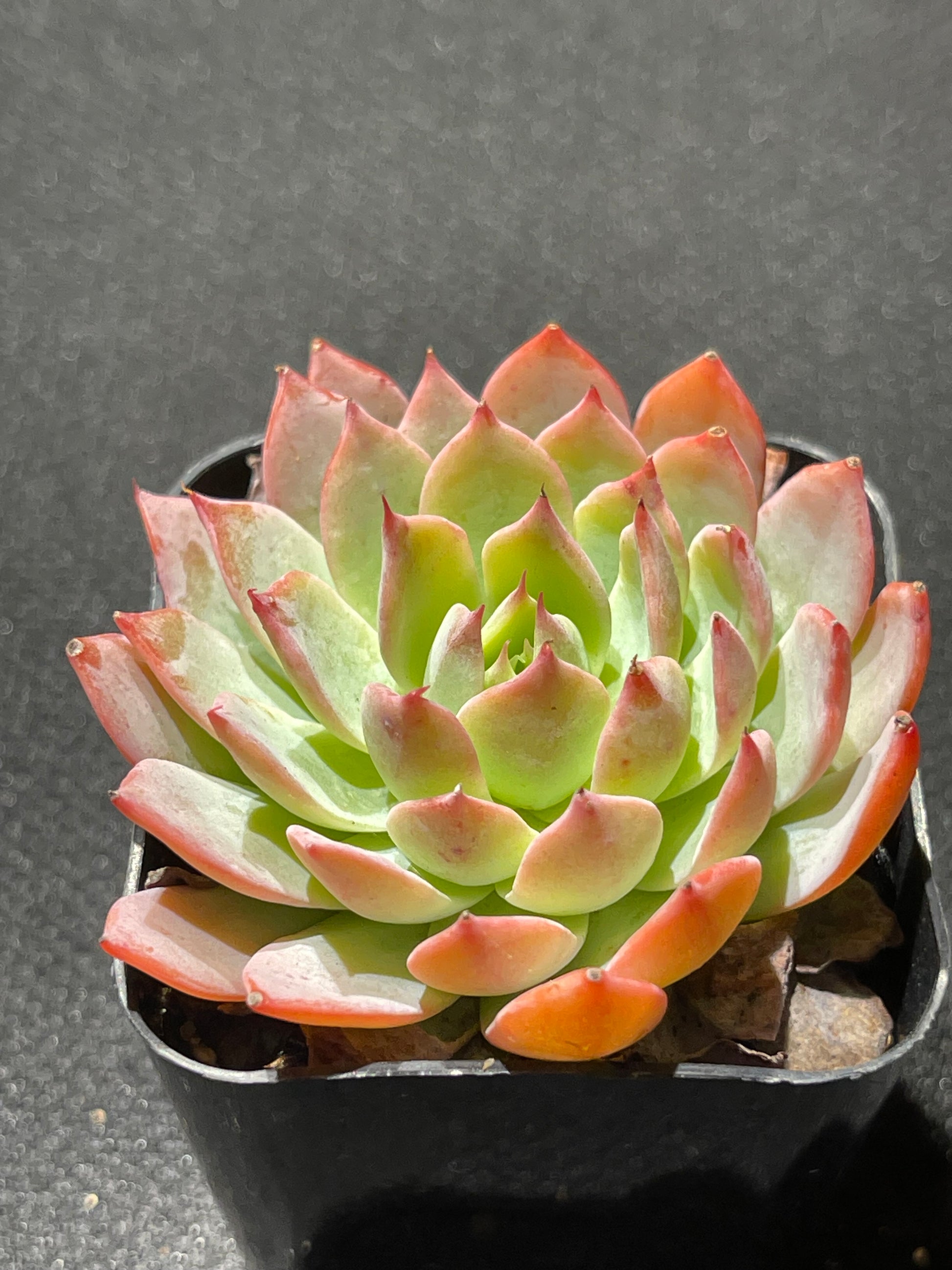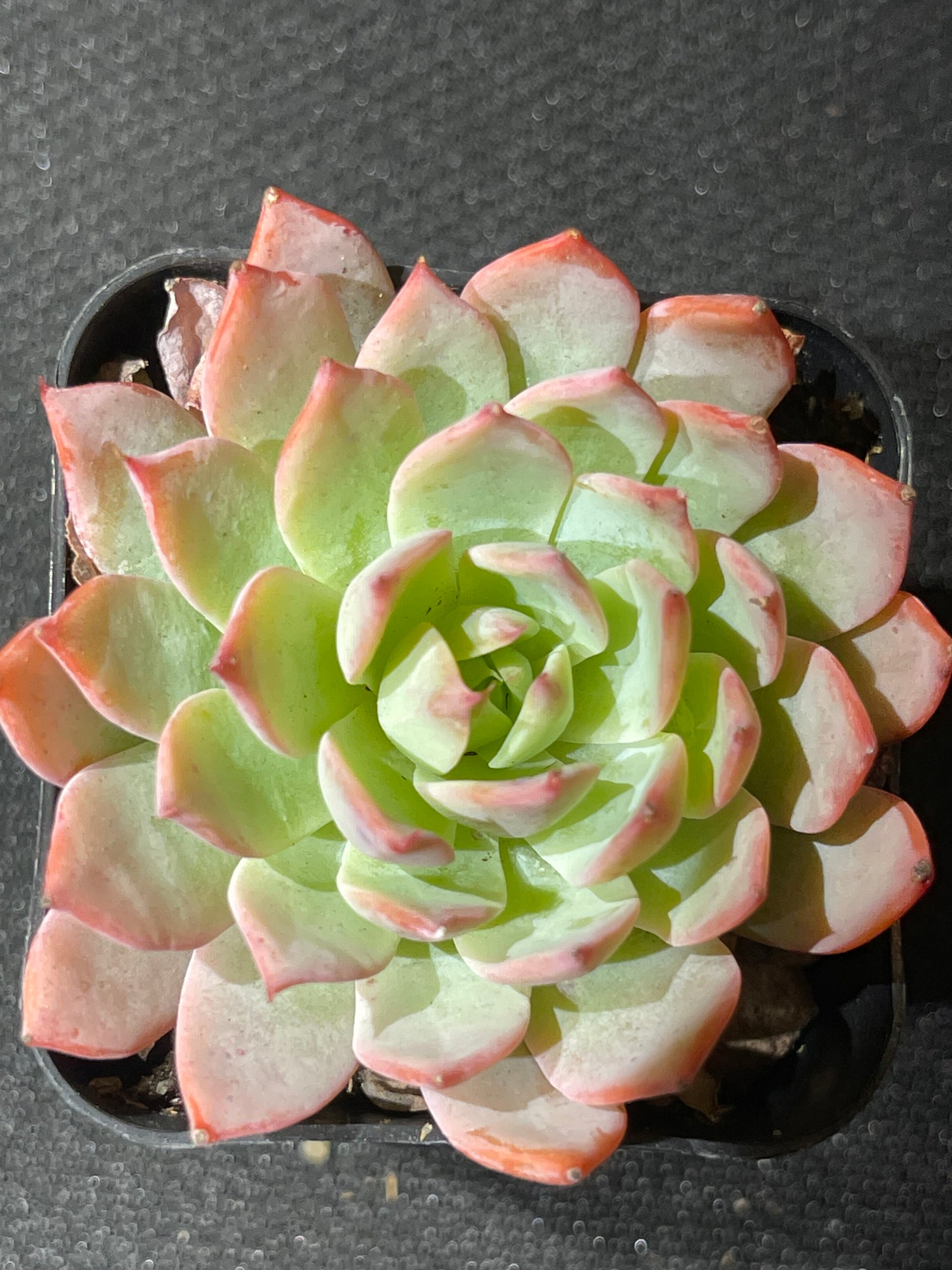1
/
of
2
Seah
Echeveria - Red Dragon
Echeveria - Red Dragon
Regular price
$2.99 USD
Regular price
$4.99 USD
Sale price
$2.99 USD
Unit price
/
per
In stock
Couldn't load pickup availability
Echeveria 'Red Dragon' is a stunning succulent known for its vibrant colors and dramatic appearance. Here's a detailed exploration of its morphological characteristics, growth habits, maintenance points, and reproduction method:
Morphological Characteristics
- Leaves: This plant boasts large, fleshy leaves that are a striking red to purple color, often with brighter red edges, resembling the scales of a mythical dragon. The leaves form in a dense rosette pattern, which can grow quite large compared to other Echeverias.
- Size: The rosettes can reach up to 15-20 cm (6-8 inches) in diameter under optimal conditions.
- Flowers: Echeveria 'Red Dragon' produces bell-shaped, pink to orange flowers on tall stalks that extend well above the foliage in late winter to early spring, adding to its ornamental appeal.
Growth Habits
- Light: Prefers full sun to partial shade. Bright light enhances the leaf coloration, making it more vibrant.
- Temperature: It thrives in warm conditions but can tolerate cooler temperatures down to about -1°C (30°F). Protect from frost to prevent damage.
- Water: Like most succulents, it requires minimal water. Water thoroughly when the soil is dry to the touch, then allow it to dry out completely before watering again. Reduce watering frequency in the winter.
Maintenance Points
- Soil: Needs well-draining soil. A cactus or succulent potting mix is ideal.
- Pot: Use a pot with good drainage holes to prevent water from sitting at the bottom, which can lead to root rot.
- Fertilizer: During the growing season (spring and summer), you can feed the plant with a diluted low-nitrogen succulent fertilizer once a month to encourage growth.
- Pruning: Deadhead the flower stalks once the blooms have faded, and remove any dead or damaged leaves to keep the plant healthy and attractive.
Reproduction Method
- Offsets: Echeveria 'Red Dragon' commonly produces offsets around the base of the main rosette, which can be carefully removed and replanted to propagate new plants. Allow the offsets to dry for a few days to form a callus before planting in well-draining soil.
- Leaf Cuttings: Individual leaves can be gently twisted off and allowed to callous over for a few days. Once calloused, place them on top of well-draining soil, and they will eventually root and form new rosettes.
- Seeds: Propagation by seeds is less common but can be done by sowing seeds in a well-draining medium and keeping them moist until germination.
Echeveria 'Red Dragon' is particularly valued for its striking coloration and form, making it a prized addition to succulent collections, rock gardens, and as a focal point in container arrangements. Its care and maintenance are straightforward, making it suitable for both novice and experienced gardeners.
